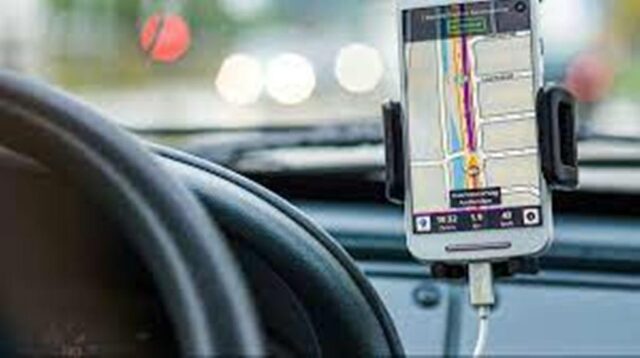In general, the battery of cell phones runs out at the least opportune moments, so users look for any tool to prevent the device from turning off and being left without communication.
To understand how optimal it is to charge the cell phone from this port, it is necessary to analyze that there are currently several types of chargers, where the main differences lie in their charging capacity.

Alternative to charging from vehicles
With this in mind, many find an alternative to charging from vehicles, but most USB ports in cars only offer 0.5 amps, a very low supply force that can start to affect the performance of the devices.Also, charging the phone will take longer if you make calls or use applications. Despite the fact that some companies are interested in this point, it is not common for cars to have a USB port with optimal power to charge devices.
On the other hand, this also affects the level of battery consumption, taking into account that the vehicle will demand more fuel since it must inject the cell phone from its battery at the moment the user connects it, although this only becomes significant when the car is turned off.
Note that leaving the charger connected without the phone will also drain the vehicle’s battery, although at a much slower rate than if the cell phone were connected.

For those who have experienced shifts in consciousness and know that more peace, joy, and love awaits in a better living environment. A bold shared vision. A living community and hub for innovation. A sustainable ecosystem for living and working. A model for the new future.
